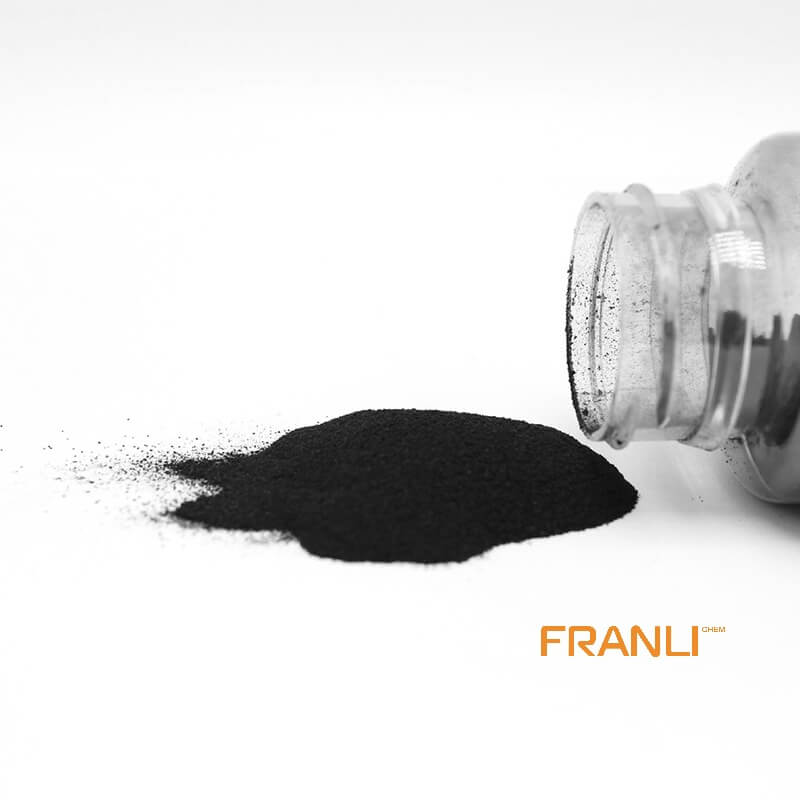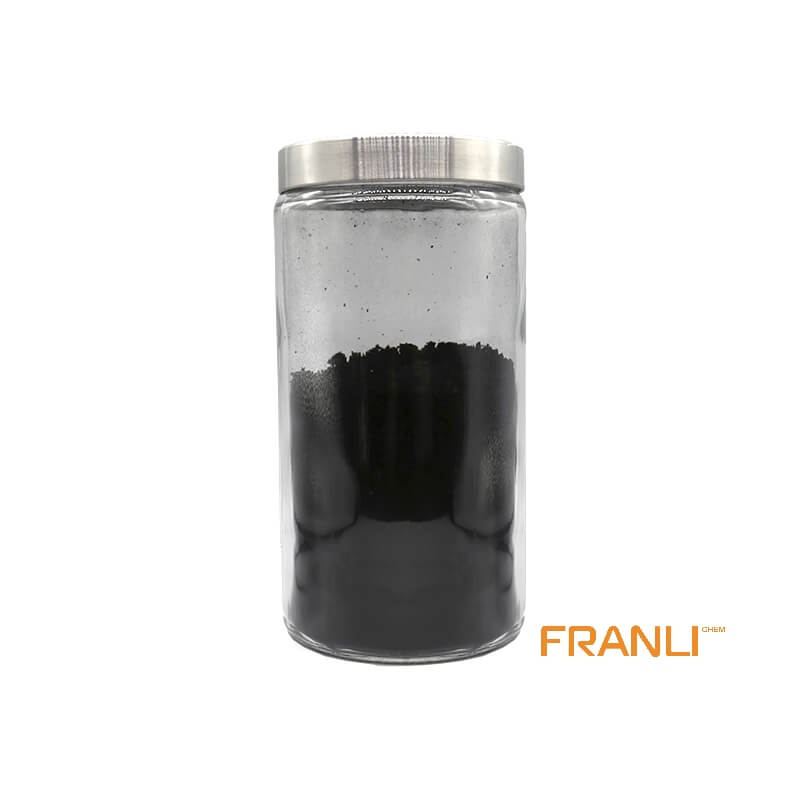

Graphene
Size
1-2nm thick x 0.5-5microns wide
Package
According to customer requirements
Features
High strength, high electrical conductivity, etc.
Application
Can be used as filler(between 0.01% and 5%).
Graphene, as the thinnest, toughest and best conductive nano material found at present. It is a two-dimensional crystal composed of carbon atoms stripped from graphite material with only one layer of atom thickness. Known as “black gold”, it is “the king of new materials”. Scientists even predicted that graphene “will completely change the 21st century”.
Request a quote
What is graphene oxide?
Graphene oxide is a kind of two-dimensional nanosheets composed of highly oxidized carbon atoms, whose edges and substrate planes are decorated with oxygen-containing functional groups.
Properties of graphene oxide
Graphene oxide has unique properties due to its high surface area, functionality, and two-dimensional (2D) sheet structure.
Its highly oxidized carbon atoms are arranged in a hexagonal honeycomb lattice.
The width of a single sheet is usually nanometer to the micron in the X and Y directions.
The thickness of the graphene oxide monolayer is generally 0.7-1.2 nm.
The difference between graphite oxide and graphene oxide lies in the overall thickness of the sheet.
Materials with more than 10 layers are usually considered graphite, not graphene.
It is easily dispersed in water, polymers, solvents, using ultrasonic or high shear methods such as homogenizers.
Graphene oxide is electrically insulated, but it can conduct electricity by reducing functional groups. The reduction process removed most of the surface functions and restored the lattice structure of graphene.

Physical property
If we don’t discuss the functionalization of graphene oxide, we can’t discuss its physical properties. Graphene oxide usually has 40% oxygen groups, including Oh, COOH, and epoxy groups. This physical property enables graphene oxide to be dispersed in DI water, NMP, DMF, THF, ethanol, and other polar solvents. Graphene oxide is a light brown (tan) solid powder with C / O ratio between 2.1 and 2.9. These properties give graphene oxide extraordinary solubility and superior dispersion properties. The separate layers retain the graphite structure, but the spacing between them is larger and irregular. The sheet is usually hundreds of nanometers to tens of microns wide.
Electronic properties
Although the electronic properties of graphene oxide can not be compared with the original graphene (CVD or epitaxial graphene), the structural defects caused by oxidation will destroy the sp2 bonding network. It can be used to improve the conductivity of graphene oxide and provide many advantages for practical application. In addition, it can be combined with more conductive materials to improve conductivity.
Optical properties
The optical properties of graphene oxide make it an optically transparent material. Although it is not completely transparent, the optical transparency of graphene oxide film with less than 5 layers can reach more than 90%. Each layer of graphene reduces transparency by about 2%. Graphene oxide can be combined with carbon nanotubes or silver nanowires to make transparent conductive ink and film.
Thermal performance
The excellent thermal properties of graphene have aroused great interest, which is also the reason why graphene is used in thermal management applications. Single-layer graphene has high thermal conductivity, but the data show that adding another layer of graphene will greatly reduce its thermal conductivity. The interlayer spacing has a significant effect on the thermal conductivity, that is, the number of layers and the interlayer spacing will reduce the overall thermal conductivity.
The thermal conductivity of graphene oxide is higher than that of bulk graphite when the interlayer spacing is close. The increase of interlayer spacing and the presence of oxygen groups enhance the phonon scattering. Its high thermal conductivity can be attributed to the increased interlayer coupling due to the covalent interaction provided by oxygen atoms.

Thermal conductivity of graphene oxide
The relationship between thermal conductivity and (a) oxygen atom coverage (red line and solid Red Square);
(b) Hydrogen atom (blue line and solid blue circle);
(c) Quality defects (red line and open red square) simulating the weight of oxygen atom;
(d) The mass defects (blue line and open blue circle) of hydrogen atom weight are simulated.
The illustration shows the representative structure of the simulation. The blue ball represents a carbon atom, the red ball represents an oxygen atom and an artificial oxygen atom, the blue ball represents a hydrogen atom and an artificial hydrogen atom.
The results show that the thermal conductivity of graphene oxide is directly related to the amount of oxygen group. At 0.5% oxygen group, the thermal conductivity of graphene oxide is about 50% lower than that of original graphene. With the increase of oxygen content, its thermal conductivity decreases.
The minimum thermal conductivity of graphene oxide is about 8.8 w / MK, which is lower than the theoretical minimum thermal conductivity of 11.6 w / MK. This shows that we can adjust the heat transport of graphene oxide by controlling oxidation and reduction.
Mechanical properties
The mechanical properties of graphene oxide are much lower than that of original graphene. Compared with the low effective Young’s modulus of monolayer graphene oxide (207.6 ~ 23.4 GPA when the thickness is 0.7 nm), the reported value of “original” graphene is the young’s modulus of ~ 1.0 TPA and the final strength of ~ 130 GPA, according to Li et al. The graphite structure defects formed in the oxidation process reduce the properties of graphite. The reduction of graphene oxide can improve its mechanical properties and restore its graphitized structure.
Action scenarios of graphene oxide
The high solubility of graphene oxide in a variety of solvents and polymers makes it have the solution treatment properties of graphene oxide. It can be rotated, dipped, or coated onto a substrate using groove, mold, screen, gravure, or other printing methods. It can be visualized and restored by laser, and even can be used on the personal computer with a DVD recorder.



